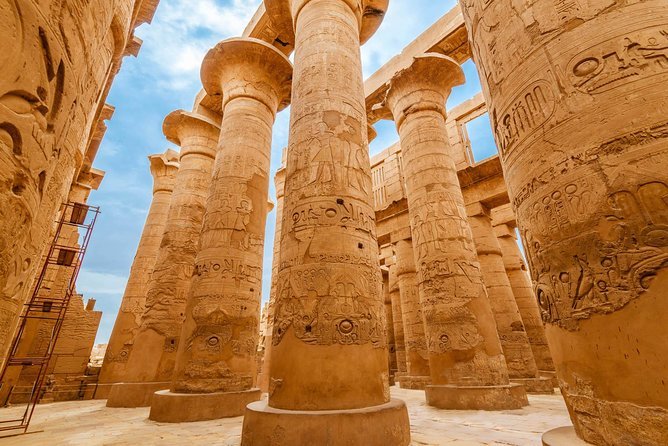
Luxor is one of the top travel destinations in southern Egypt, known for its magnificent palaces, temples, royal tombs, and scenic riverside views. It’s a must-visit for those interested in history and architecture. With a variety of museums, Luxor is often referred to as the world’s largest open-air museum. The tourism industry is thriving here, and below we highlight some essential activities to enjoy during your visit to this incredible destination.
Interesting Facts About Luxor
Luxor was originally the ancient city of Thebes, which served as Egypt’s capital from 1570 to 1069 BCE. It held great religious significance as a center for the worship of the god Amun. At one point, Luxor was the largest city in the world, boasting a population of over 80,000 inhabitants.
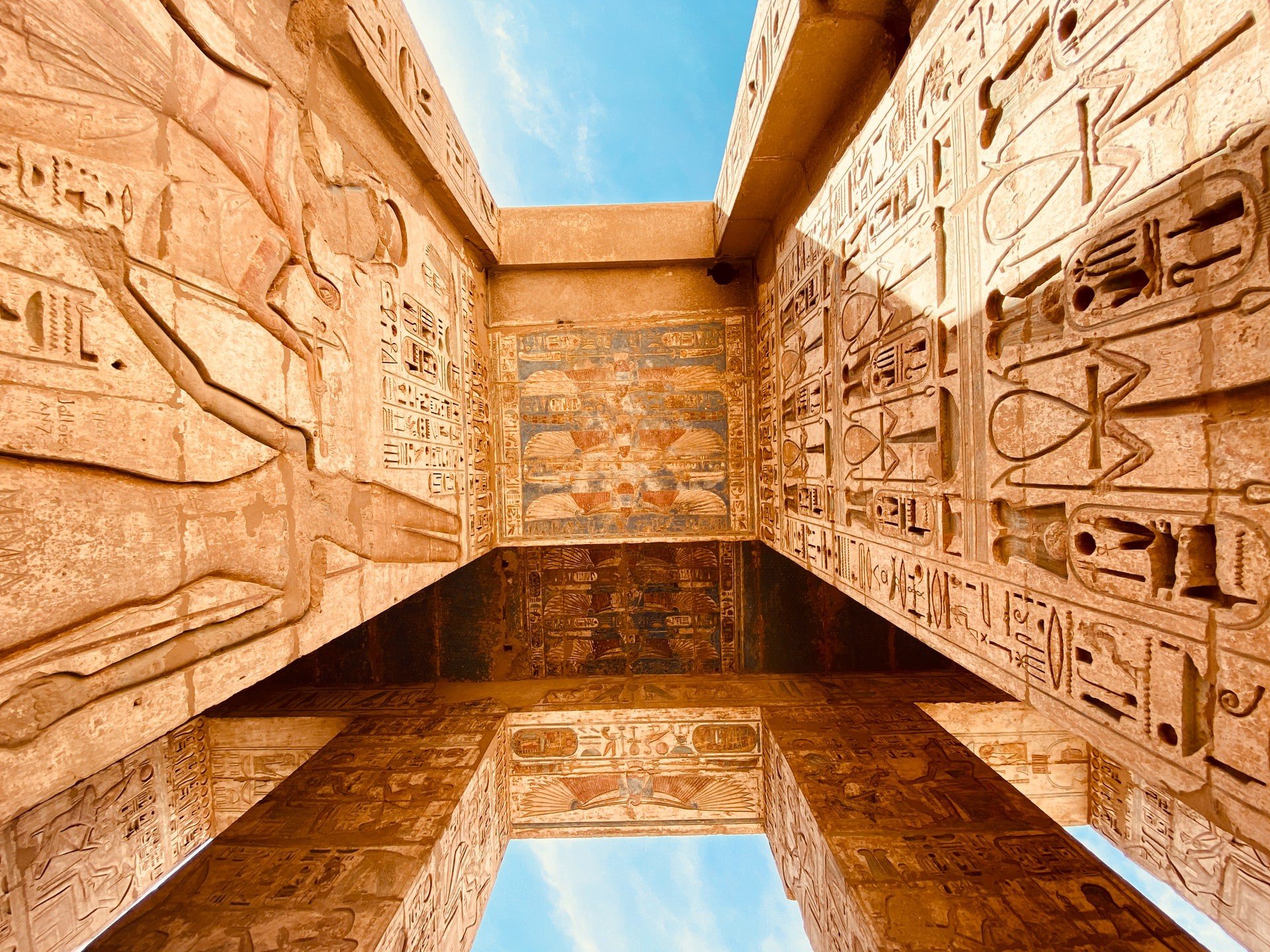

The Nile River separates Luxor into two distinct areas: the East Bank and the West Bank. The East Bank is home to most of Luxor’s residents, along with a majority of hotels and restaurants. While there are fewer historical sites on this side of the river, it is still home to the breathtaking Karnak Temple and Luxor Temple—two of the most iconic landmarks in Egypt. Conversely, the West Bank is known as the burial site for ancient Egyptians.
As the sun sets over the West Bank each night, it became the necropolis for the ancient Egyptians. This area is rich in tombs, mortuary temples, and boasts famous sites including the Valley of the Kings.
Things to Do in Luxor
Luxor is renowned worldwide for its museums and temples. Visitors can immerse themselves among various stunning tombs, iconic temple complexes, and beautiful Egyptian sandstone structures.


Karnak Temple – Discover Ancient Egypt
The Karnak Temple is one of the most celebrated religious structures globally, captivating visitors with its grandeur and historical significance. Constructed over 2000 years ago, exploring and uncovering the mysteries of ancient Egypt here is a rewarding experience. The temple features a sacred lake and offers insights into the rulers who presided in ancient times.
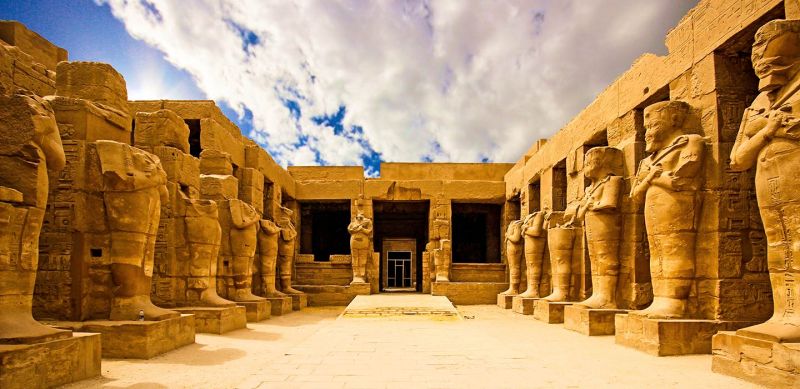

Luxor Temple
The Luxor Temple may appear as a smaller version of the Karnak Temple, but it holds significant historical importance, dedicated not to a specific god or pharaoh but rather serving as the coronation site for several ancient Egyptian kings. Constructed around 1400 BC under the reigns of Amenhotep III and Ramesses II, it is a must-visit.
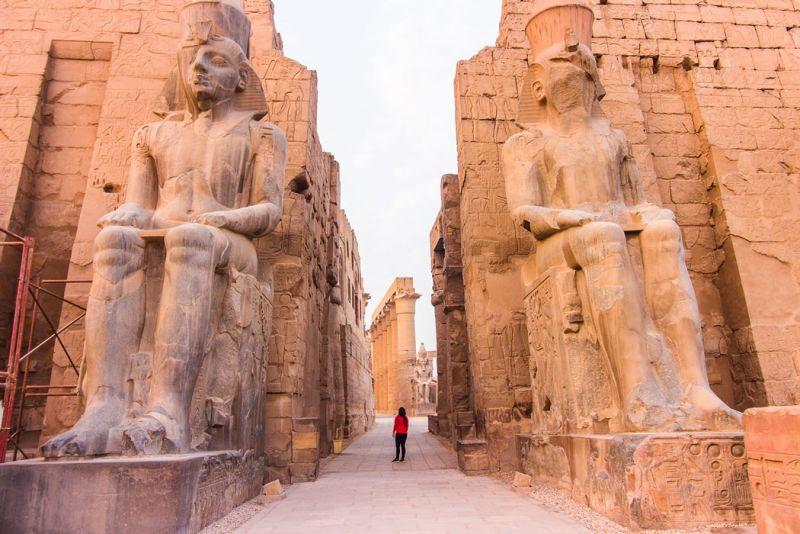

Valley of the Kings
The Valley of the Kings, located on the West Bank of Luxor, served as the final resting place for many kings from the 18th, 19th, and 20th dynasties. Each tomb is a work of art, filled with colorful wall paintings and intricate details, making it a top destination for visitors exploring the West Bank.
Believed to help guide the deceased through the underworld with the sun god, the tomb walls are adorned with texts and depictions of their journey. The valley houses 63 notable tombs, including that of the famous boy king Tutankhamun.
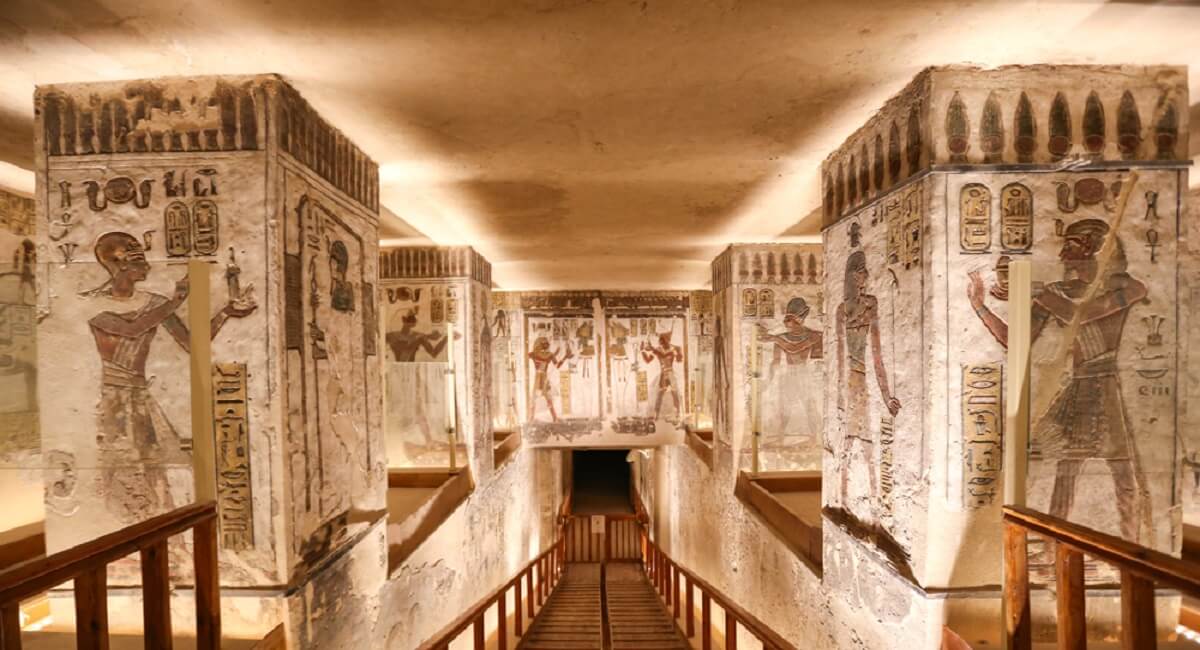

Hot Air Balloon Ride
Adventurous early risers can enjoy a breathtaking hot air balloon ride over the West Bank at dawn. These balloons typically launch just after sunrise, offering views of lush farming fields nestled among rugged escarpments, alongside stunning temples and tombs.
The flight typically lasts around 45 minutes, although the entire experience, including hotel pick-up and drop-off, usually takes about 3 hours. Many operators in the area offer these tours, often using large baskets that can accommodate up to 24 passengers and a pilot.
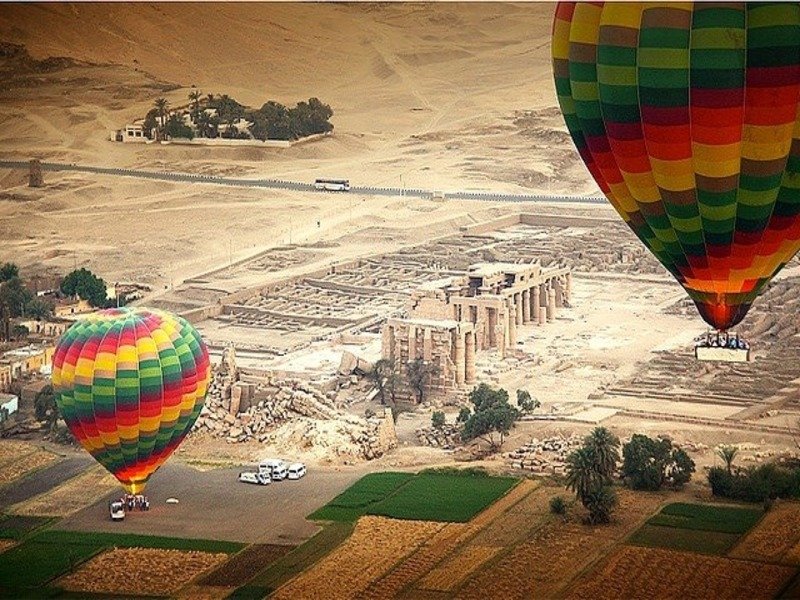

Felucca Ride to Banana Island
If you’ve had enough of exploring temples and tombs for the day, consider relaxing with a felucca ride to Banana Island. A leisurely 5-kilometer sail up the river from Luxor to this serene, palm-fringed island provides a perfect contrast to a busy day touring the region’s historical sites.
Chartering a felucca is typically easy, with boat captains seeking out passengers along the Nile corniche in downtown Luxor. Rides are usually charged by the hour. Enjoy the serene views along the Nile as the captain raises the sail and glides up the river. If you time your return just at sundown, you’ll witness the river’s beauty at its most spectacular.





